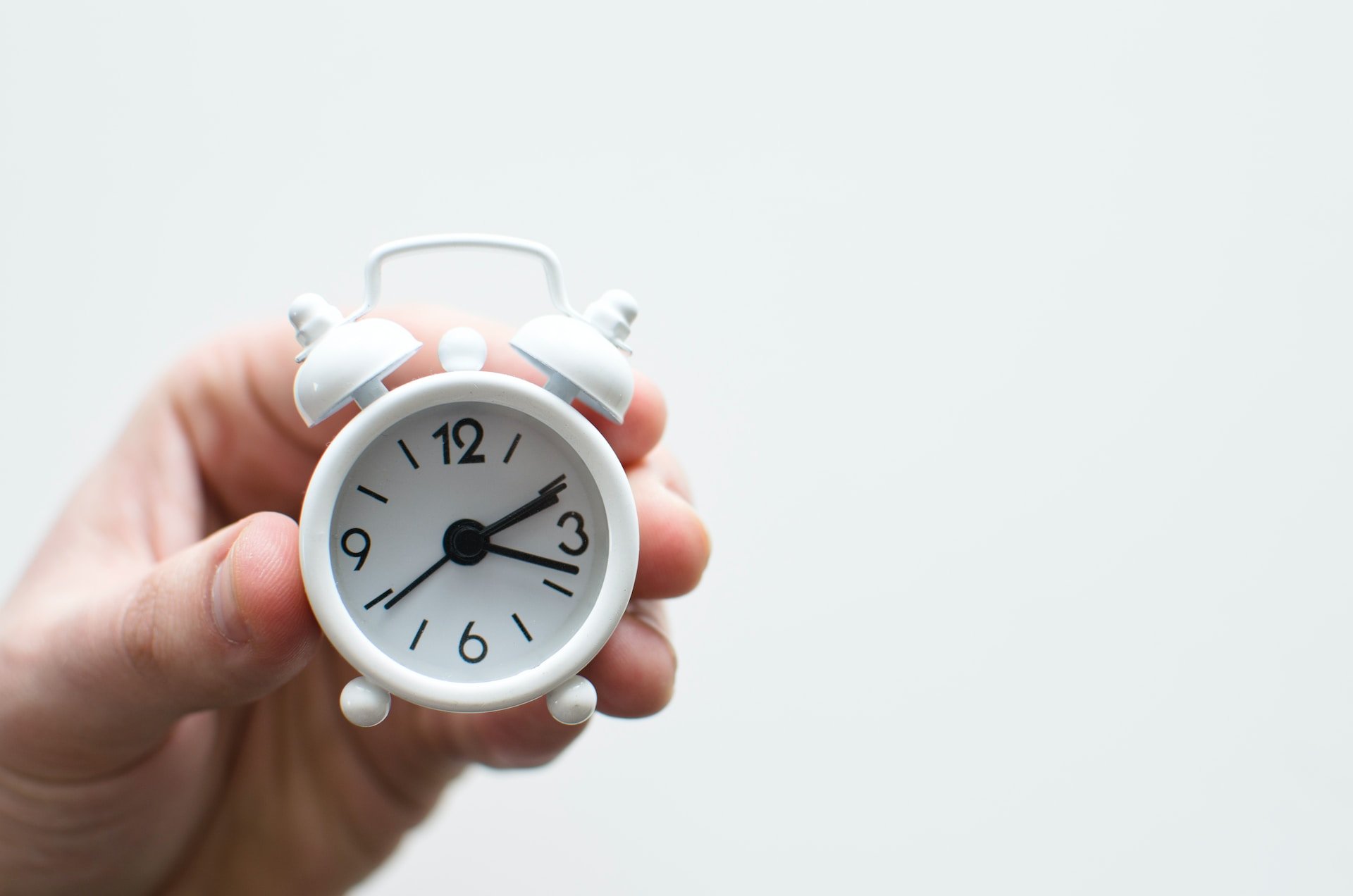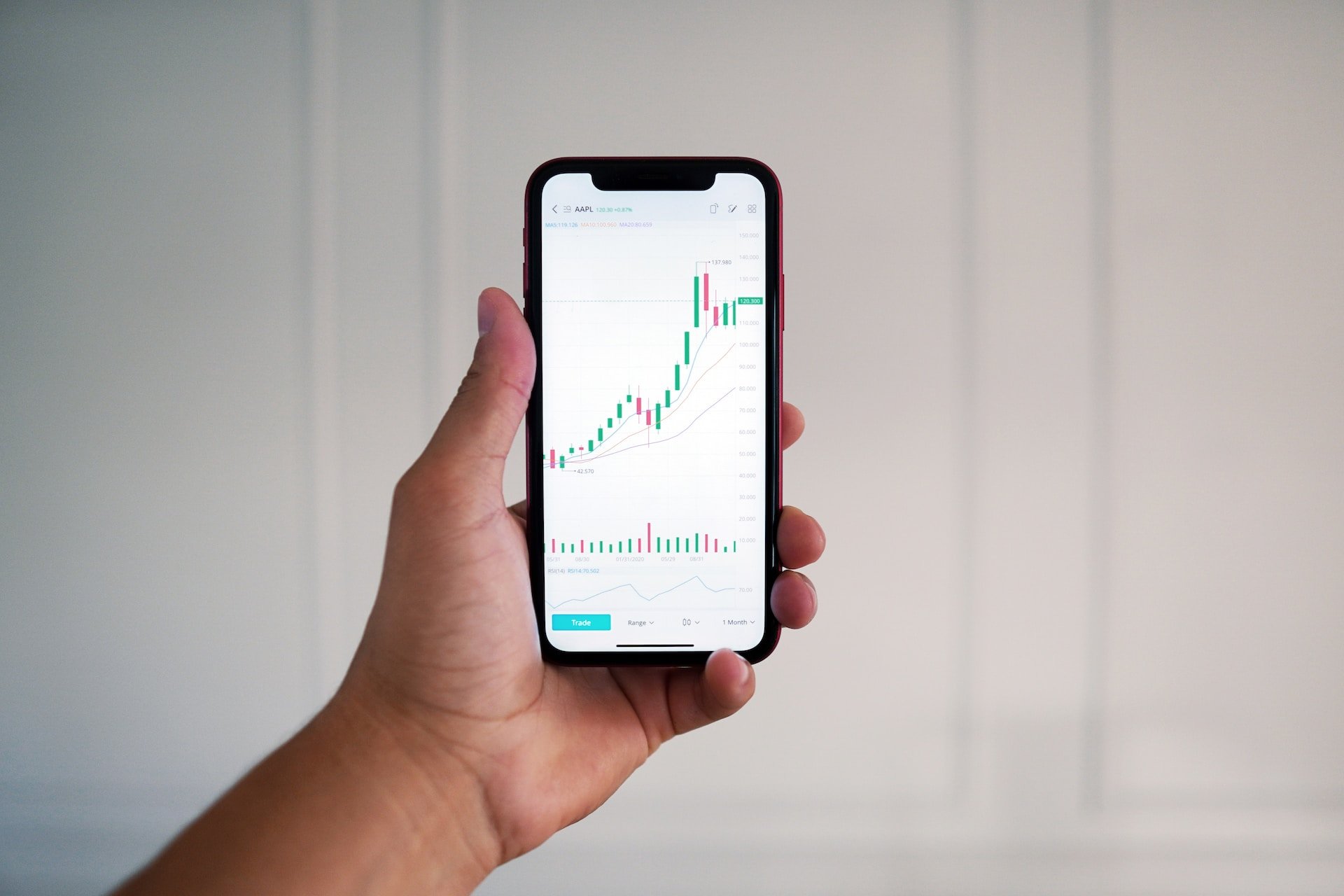Both the New York Stock Exchange and the NASDAQ operate within a set of predefined trading hours: 9:30 a.m. to 4:00 p.m. But can you trade options after hours?
While after-hours options trading was once restricted to institutional investors, it’s now possible for anyone to trade options after hours. You just need to have the right brokerage account. Here’s what to expect when trading options after hours.

Can You Trade Options After Hours?
The regular hours of the stock market run from 9:30 a.m. to 4:00 p.m., but after-hours options trading is available from 4:00 p.m. to 8:00 p.m. This is possible thanks to the creation of a computerized system known as the electronic communication network (ECN), which lets investors complete trades without a third party.
How Does Trading After Hours Work?
How can you trade options after hours? Imagine that you want to purchase 100 shares of a stock at $40 per share (for a total order of $400). After 4:00 p.m., the computer will search for orders listed to sell at that price. Once the computer finds a match, the trade will be executed.
Most brokerage accounts offer the ability to trade options after hours. These include online brokerage firms that can execute trades right from your phone or computer.
Who Can Trade Options After Hours?
Anyone can trade options after hours. Originally, this was a privilege reserved for institutional investors, but now anyone can complete these trades thanks to the rise of the ECN.
After-hours trades may be ideal for those who are:
- Too busy to complete transactions during normal trading hours
- Looking to react to recent news
- Comfortable with a bit of increased risk
This makes after-hours options trading a convenient method, as well as a beneficial one for those reacting to recent news developments.
Order Types for After-Hours Options Trading
Can you trade options after hours using the same order types as during the regular trading day? Basically, yes — though after-hours traders will be limited to a subset of these order types.
Notice that instead of market orders, which are immediate purchases, after-hours options trading relies on the following order types:
Limit Orders
In a limit order, traders set the number of shares they want to buy, as well as a maximum price. If the stock drops below this price point, the order is executed. If not, the order is never completed.
Traders can choose whether to have their limit order apply to after-hours trading exclusively or to also make the order valid during regular trading hours.
Stop Orders
A stop order is one to buy or sell an asset once it reaches a specific price, known as the “stop price.”
Traders can execute a stop order after hours, but the order is not executed during that time. Instead, a stop order placed during the “off” hours is executed during the next trading day, assuming the asset reaches the stop price.
Trailing Stop Orders
Trailing stop orders are designed to execute after an asset returns a certain amount of profit. This means that the trader can jettison an asset after it performs favorably for a while and sell it once the price dips.
Like stop orders, trailing stops are not executed after hours. Instead, they go into effect during the next trading day.
Time-in-Force
There are two types of “time-in-force” order types. Good-for-Day (GFD) orders are designed to terminate at the end of a trading day. Placing GFD orders after hours will mean that the order is canceled at 8:00 p.m.
Good-til-Canceled (GTC) orders are designed to remain in force until the trader cancels the order. As a result, GTC orders placed after-hours will remain in effect the following day.
Order Types Not Available During After-Hours Options Trading
There are a few order types that can’t be used once the stock market closes. These include:
- Fill-or-Kill Orders: Must be filled immediately or not at all
- Immediate-or-Cancel Orders: Must be filled immediately or not at all
- All-or-None Orders: Stock must be sold in full or not at all
For clarity, fill-or-kill orders must be filled in their entirety (or canceled), while immediate-or-cancel orders may be filled partially or only as fully as possible.
The Benefits of After-Hours Options Trading
Are there advantages of after-hours options trading? Several, actually. Options traders can use this time to gain benefits such as the following.
Convenience
First, after-hours trading gives investors additional time to execute trades or place certain order types. That’s especially beneficial for those who might lack the opportunity to engage in trades during regular trading hours.
React to Recent News
Sometimes, news gets released at the end of the trading day that may have a bearing on the next day’s prices. For example, a company might release news of its earnings at the end of the trading day. After-hours options traders can get a head-start on the next day’s trades by placing orders after the regular trading session closes.
Participate in Foreign Markets
While U.S. stock exchanges may close at 4:00 p.m., the same isn’t true for foreign markets. After-hours trading empowers investors to participate in foreign markets, which also have the advantage of being influenced by a different set of socioeconomic forces than the U.S. market.
Better Prices
After-hours traders may see increased price volatility, which means that you can be able to snag better deals during the off hours. Just remember that with greater volatility, you’ll also face greater risk.
The Drawbacks of After-Hours Options Trading
When you trade options after hours, you may run into some disadvantages. These include the following.
Higher Volatility
Yes, higher volatility can provide traders with some unique bargains. But the same volatility carries the potential for risk. Traders should be prepared for trading prices that look very different from the normal trading session.
Limited Order Types
You’ll only have access to select order types during after-hours trading, some of which won’t even be executed until the following trading day. As a result, you won’t have the same flexibility as you would during regular trading hours.
Low Liquidity
Low liquidity means that trades won’t be executed as readily as during the regular trading day. And you may see a much larger spread between the highest and lowest selling prices of securities, which can add to both your cost and uncertainty.
Uncertain Prices
After hours, the price of securities comes from as few as one venue, whereas the daytime price is based on a consolidation of multiple venues. For this reason, you may not have access to the most reliable trading information.
More Competition
Many experienced traders use after-hours trading to extend their day. Novice traders may find themselves faced with stronger competition from institutional investors, meaning it may be more challenging to complete trades.
Not All Brokers Handle After-Hours Trading
Even though computer technology has made after-hours trading much more accessible, not every broker can facilitate trades after hours. Check with your broker to see what options are available. And always make sure that your broker can give you the best prices available — even during after-hours trades.

Your Best 24/7 Resource
No matter what time it is, you need an investment platform that’s right for you. Gorilla Trades members get access to more educational content, tutorials, research tools, and much, much more. Sign up today for your free trial and receive 30 days’ worth of free stock tips.




